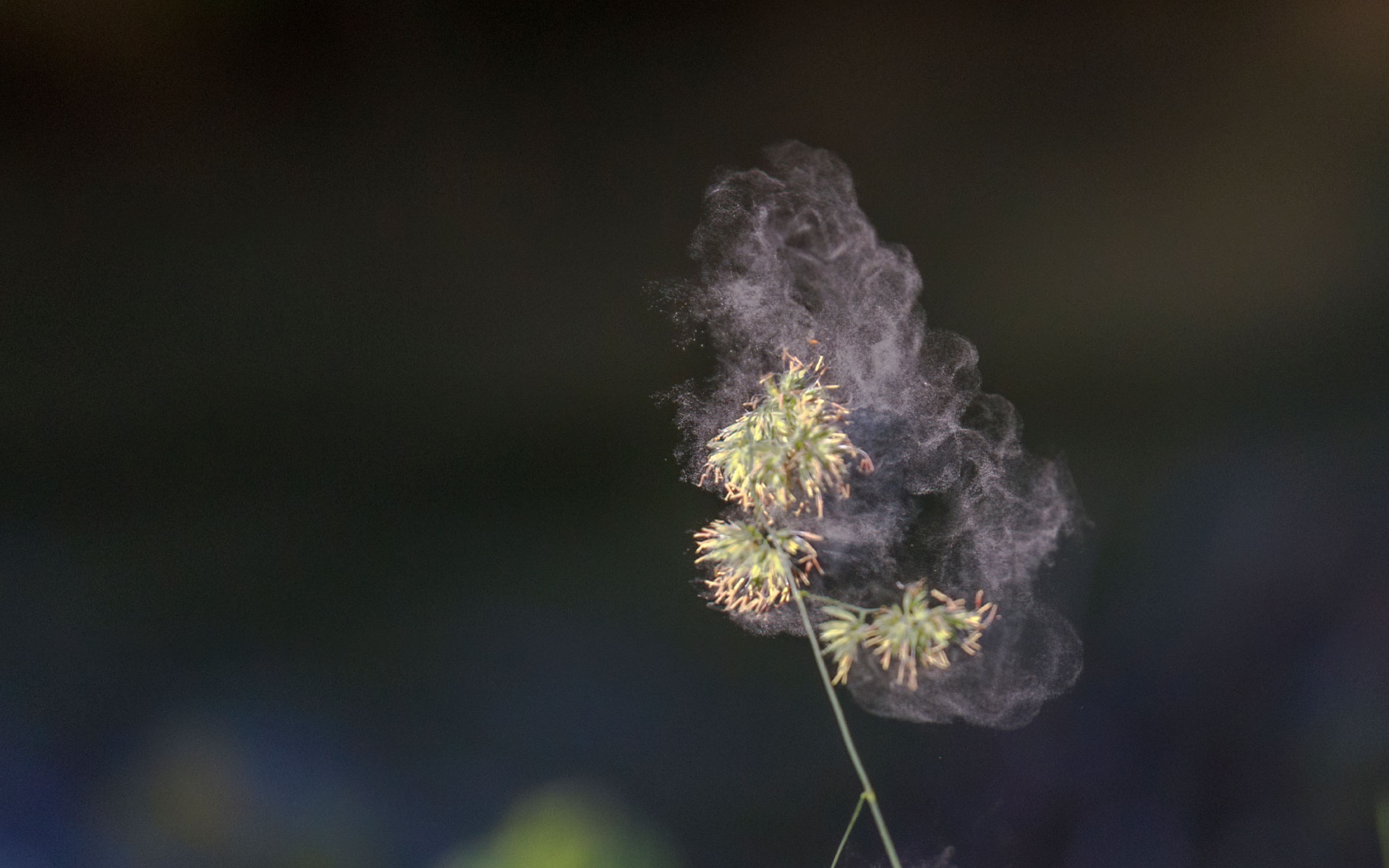Perimenopausal women may be more susceptible to developing new allergies or experiencing more severe reactions from their current allergies due to the natural fluctuation of hormones during this time that may impact the immune system and cause an increased sensitivity to certain allergens.
Also, since allergies can also develop with age, it is sometimes difficult to trace back a cause as to why a person develops a certain allergy.
While some people are born with allergies, others can develop allergies or allergic reactions throughout their lifetime. These are often related to histamine which are chemicals your immune system makes. Histamines act like bouncers at a club. They help your body get rid of something that’s bothering a part of it. Too much histamine and over activation of the cells that contain histamine (MAST CELLS) may be the cause behind symptoms such as PMS, painful period, heavy flooding and endometriosis.
Histamine supports your digestion by releasing hydrochloric acid to break down food and bacteria. It also supports your brain health by serving as a chemical messenger between your brain and the rest of your body. Histamine only becomes a problem if there is too much of it. If your body is releasing too much histamine and your body is unable to break down all the excess histamine, histamine build-up occurs.
Histamine intolerance means that there is too much histamine in your body, an imbalance between the amount of histamine released and the ability to break down accumulated histamine. Under normal circumstances, your body sends enzymes to break down excess histamine and prevent build-up. However, if you have too much histamine, it won’t be able to break everything down, which can lead to histamine intolerance. This can affect your entire body, including your gut, brain, lungs, and cardiovascular system
When all is in balance histamine is produced by the GUT flora or released from various cells located in the nerves, immune cells, ovaries and uterus. It is usually DEACTIVATED by an enzyme called DAO (Diamine oxidase). DAO is responsible for breaking down histamines in the digestive tract of the body. Decreased DAO activity in addition to increased histamines may result in symptoms that are similar to one having an “allergic reaction” to something.
If there is a deficiency or too low levels of DAO, histamine levels RISE to an inflammatory tipping point and many symptoms can occur. DAO needs Magnesium and B2 for regulation and activation.
Histamine and oestrogen exacerbate each other. If you have oestrogen excess and suffer with intense symptoms around your period, then you may also have histamine intolerance symptoms. For those having menstrual periods, oestrogen reaches a peak around days 10-14 of a cycle (just before ovulation) and this can drive headaches etc during this time.
A lot of women don´t realise that their hormones may be driving their watery eyes, itchy skin or bowel troubles but they absolutely can. Red wine can raise histamine (and oestrogen) levels and a lot of women in midlife find it causes hot flushes, headaches and itchiness.
Certain histamine-rich foods, as well as medications that cause excess histamine to be released and/or DAO enzymes to be blocked, can cause symptoms such as diarrhoea, headaches, congestion, runny nose, breathing difficulties, low blood pressure, heart abnormalities, hives, asthma attacks, and skin redness in people with histamine intolerance.
Both sex hormones decline in all females with age; however, from age 35 to 50, progesterone drops about 75%, while oestrogen only decreases by about 35%. So now, we have a situation where we are naturally put in a state where oestrogen is automatically going to be higher than progesterone, commonly known as oestrogen excess/dominance or unopposed oestrogen.
Histamine intolerance and oestrogen dominance look the same in many respects: both may result in headaches and abnormal menstrual function. It makes sense that oestrogen and histamine intolerance are therefore closely related. Excess oestrogen may not only be our ovaries producing too much, but also that we may not be efficiently breaking down and excreting our excess oestrogen, causing it to build up in our system.
This also explains why some may be experiencing more histamine-related issues during specific times of their cycle. When your oestrogen levels are higher than your progesterone levels, you will be more likely to experience certain histamine intolerance symptoms.
More on this tomorrow 😉
